This video shows how to graph the cubic parent function using "the dance" and using a table, connecting the appearance of the graph with the equation and table, and domain and range of the curve Watch Quick Reminder video (Q) Download graphing paper PDF Exploring function transformations videos y=f(x)a f(xa) y=a*f(x)And a horizontal translation 2 units right a vertical stretch by a factor of 4;Created Date PM
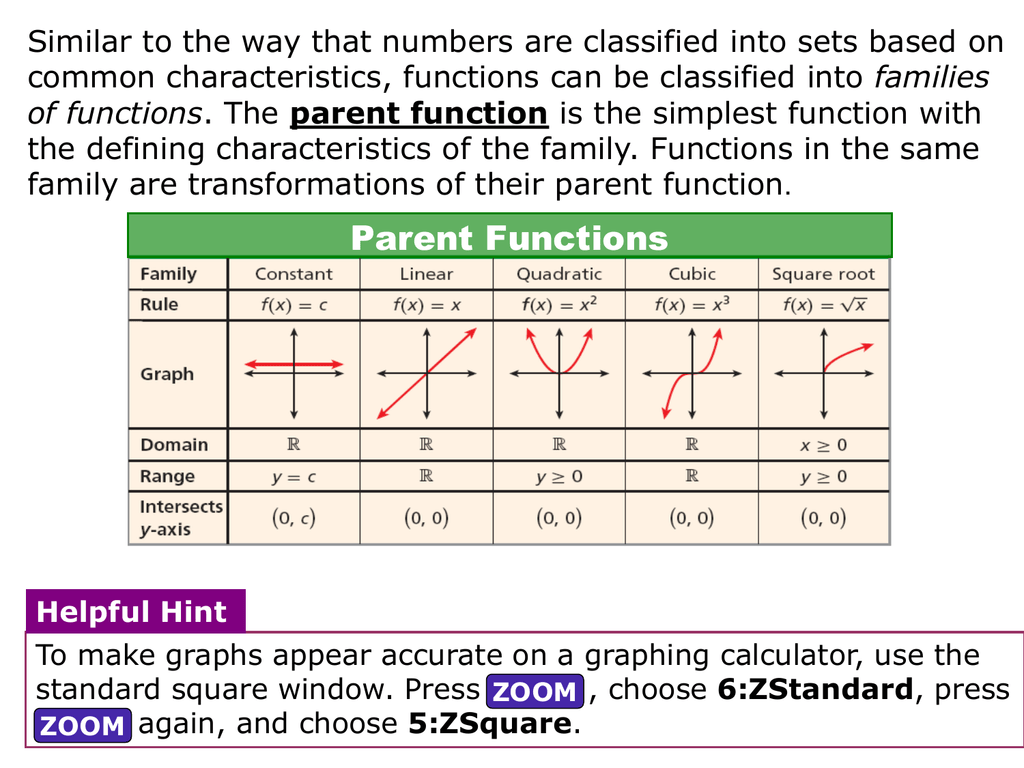
1 8 1 9
Y=x^3 parent function
Y=x^3 parent function-Describe how the transformed function below is obtained from its parent function y=(x10)^3 aThe parent function y=x^3 is shifted 10 units to the right bThe parent function y=x^3 is shifted 10 units to the left cThe parent function y=(x)^3 is strectched vertically by a factor of 10 dThe parent function y=x^3 is shifted 10 units downSolution for Graph the equation shown below by transforming the given graph of the parent function y = x 3 Start Over 10 6 7 4 3 10 9 8 7 5 4 3 2




Graphs Of Parent Functions Domain And Range Youtube
Learn how to recognize shifts, vertical and horizontal stretches and reflections as they affect parent functions in this free math video tutorial by Mario'sTransforming Graphs And Equations Of Parent Functions Looking at some parent functions and using the idea of translating functions to draw graphs and write equations y = x, y = x 2, y = x 3, y = √x, y = 1/x, y = x, x 2 y 2 = 9 (circle), y = b x Show Video Lesson This is the parent function of the family of functions In general, the simplest exponential function is y = b^x where b > 1 This is the parent function of exponential functions with base b The
Parent function, the result f(x) k is a translation of the graph up or down Here 4 is subtracted from the parent function y = x2 So it is a translation of the graph of y = x2 down 4 units 62/87,21 When a constant h is added to or subtracted from x before evaluating a parent function, the result, f(x h), is a translation left or right8) Parent Function y = a x a) y = 5 x b) y = 2 x c) y = 3x d) y = ½ x e) y = 4 x3 f) y = 2 x 3 2 9) Parent Function y = 1/x a) y = 1/(x2) b) y = 1/x c) y = 1/(x4) d) y = 2/(5x) 10) Parent Function y = x Note x is the IntegerPart of x On the TI/84 it is found in the MATH menu, NUM submenu In this lesson we will focus on the relationships among functions within a given family In particular, we will analyze how a function is related to the parent function in the family (eg, y = x 2, y = x 3) so that we can efficiently identify the key characteristics of a particular function and sketch its graph
SOLUTION If the parent function is y=1/x, describe the change in the equation y=1/(x3) 1/2 Answer a Moves 3 units to the left and onehalf unit up b Moves 3 units to the rHow to Compare a Linear Function to a Parent Function Y = X Example {eq}y=\frac {1} {2}x1 {/eq} Step 1 Again, when comparing to our parent function, we can see that the coefficient of x is notLet us start with a function, in this case it is f(x) = x 2, but it could be anything f(x) = x 2 Here are some simple things we can do to move or scale it on the graph We can move it up or down by adding a constant to the yvalue g(x) = x 2 C Note to move the line down, we use a negative value for C C > 0 moves it up;




Graphing Square Root Functions
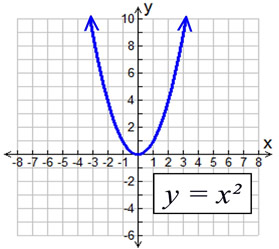



Parabola Parent Function Mathbitsnotebook Ccss Math
Cubic functions share a parent function of y = x 3 This function is increasing throughout its domain As with the two previous parent functions, the graph of y = x 3 also passes through the originY=x^3 Range all real numbers 3√x Type cube root function 3√x Domain all real numbers 3√x Range all real numbers y=1/x Type Rational function Parent Functions for Quizlet Live (Smaller Graphs) 33 Terms Royal_Albert_hall Graphing Logarithmic Functions 10 Terms kryys PreCalculus 13 36 Terms The function is a reflection of its parent function over the xaxis Which function could be the function described?
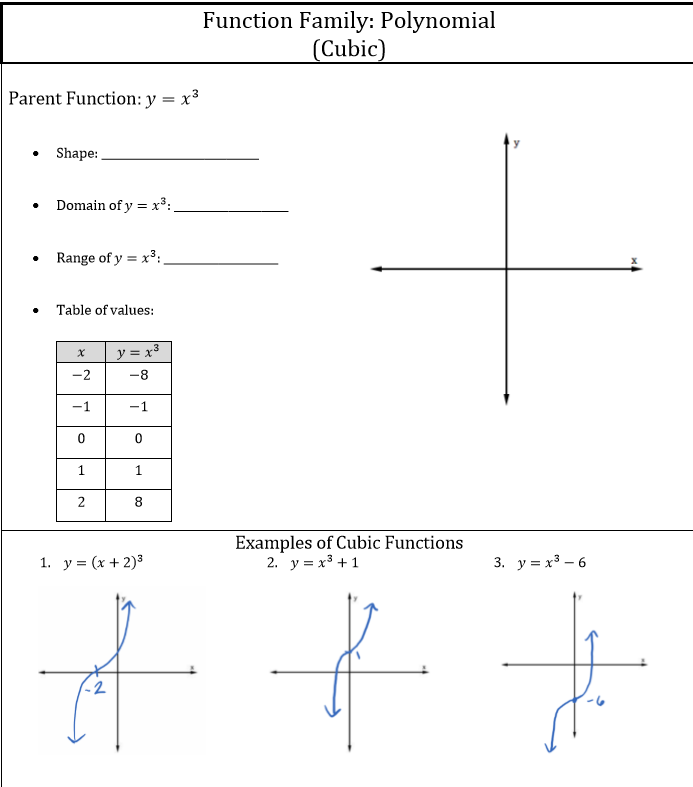



Function Family Polynomial Cubic 3 X Parent Chegg Com



Http Geofaculty Uwyo Edu Dueker Geophysicsclass Math review Ig parent functons Pdf
C < 0 moves it down y = x 3 (Degree 3;The shortcut to graphing the function f ( x) = x2 is to start at the point (0, 0) (the origin) and mark the point, called the vertex Note that the point (0, 0) is the vertex of the parent function only In calculus, this point is called a critical point, and some pre




How To Compare A Linear Function To A Parent Function Y X Study Com
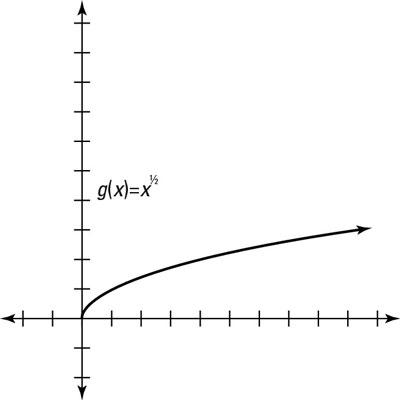



How To Graph Parent Functions Dummies
But there is no consensus on exactly which functions make up the set of "parent functions" A PDF from Glencoe lists only y = x and y = x 2 Mathwordscom includes y = x , y = x 2 , y = x 3 , y = x 1/2 , y = x 1/3 , y = x , y = 1/ x , y = a x , y = log a x , and the trig functions and inverse trig functions Quadratic Parent Function Equation y = x 2 Domain All real numbers Range All real numbers greater than or equal to 0 (y ≥ 0) Yintercept (0,0) Sintercept (0,0) Line of symmetry (x = 0) Vertex (0,0) 04Parabolasppt Quadratic Functions axis of symmetry The Parts of a Parabola vertex examples y = x2 The Parent Function y x321 0 1 2 3 y 9 4 1 0 1 4
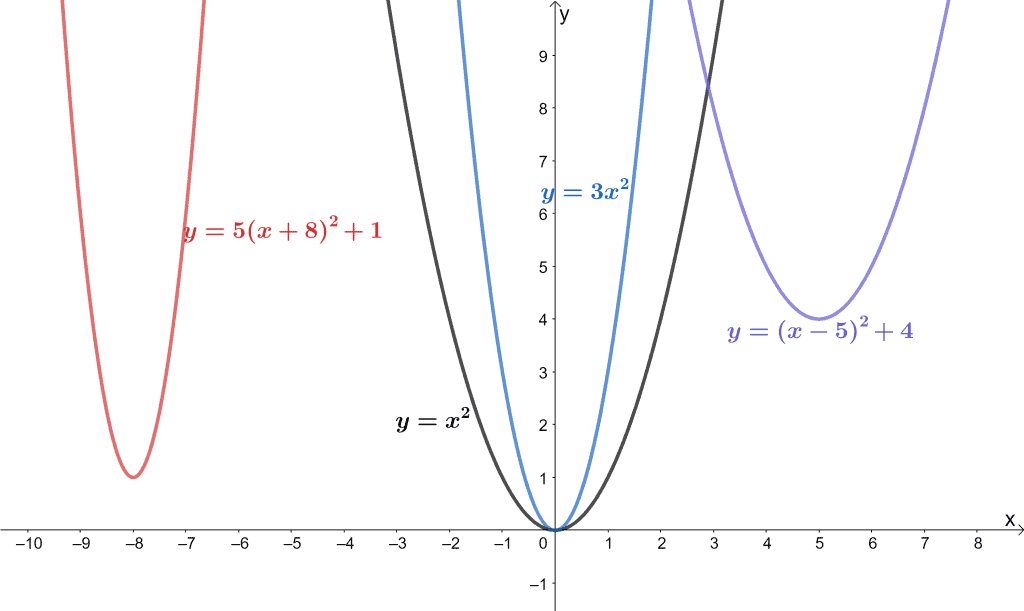



Parent Functions Types Properties Examples
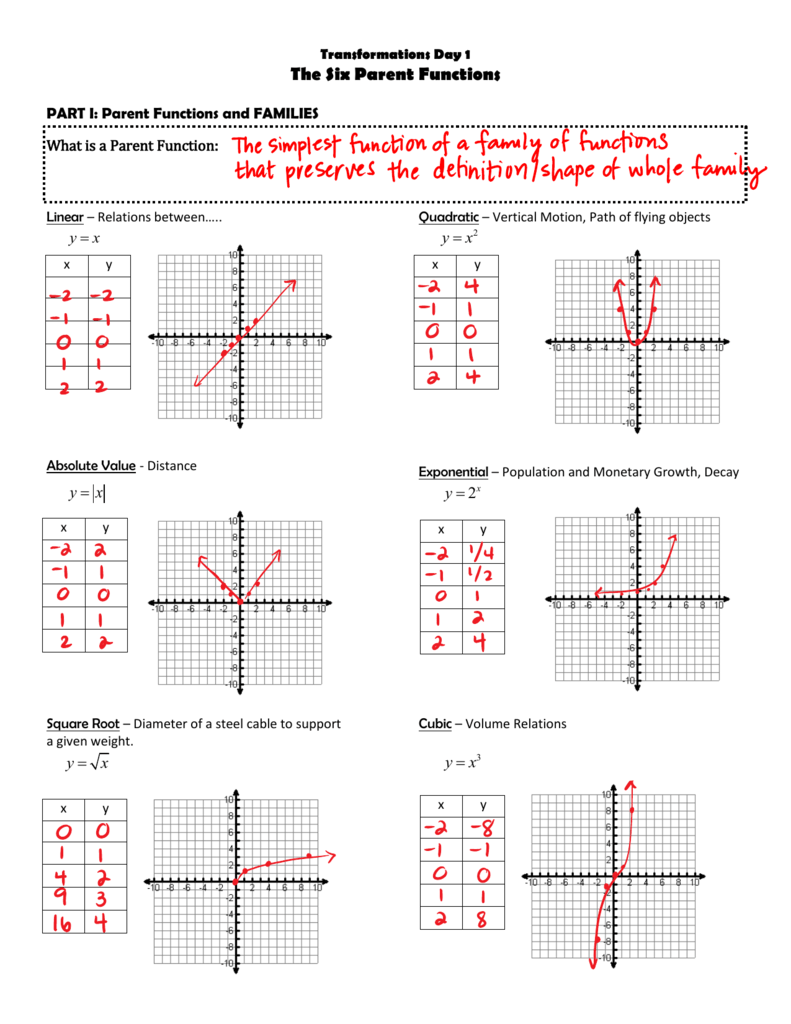



The Six Parent Functions
KEY to Chart of Parent Functions with their Graphs, Tables, and Equations Name of Parent Function Graph of Function Table of ValuesDescribe the Transformation y=x3 The parent function is the simplest form of the type of function given For a better explanation, assume that is and is The transformation from the first equation to the second one can be found by finding , , and for each equationThree possible solutions) The meaning of these degrees is important to realize when trying to name, calculate, and graph these functions in algebra If the equation contains two possible solutions, for instance, one will know that the graph of that function will need to intersect the xaxis twice in order for it to be accurate



1
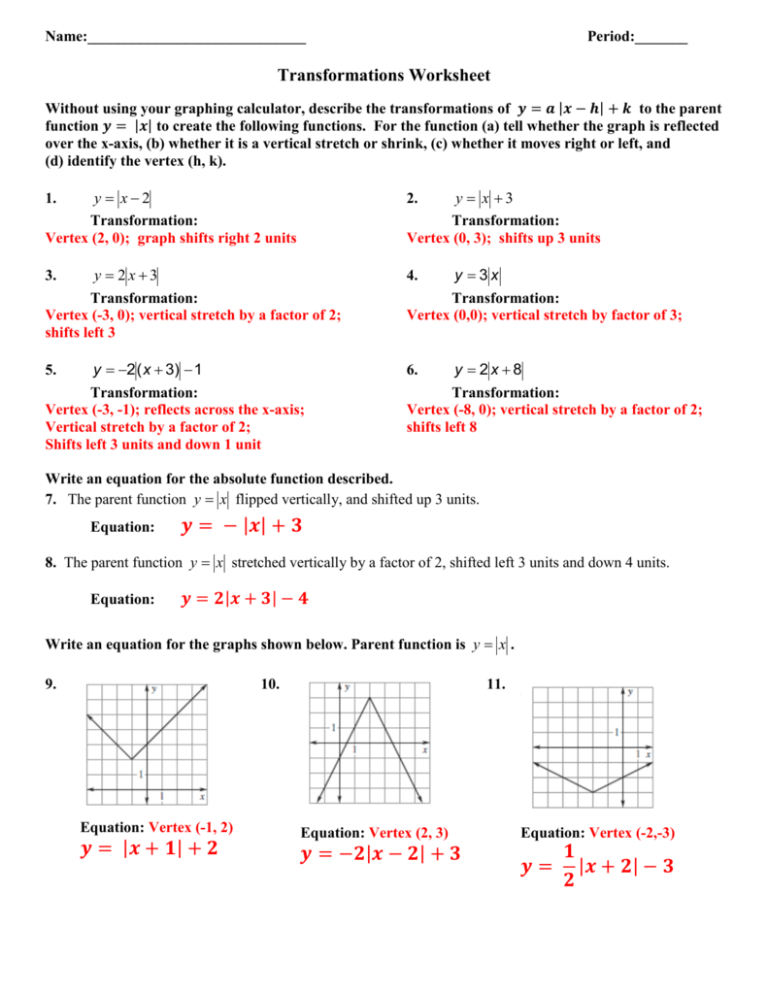



Absolute Value Transformations
The second question answer the first, I'd say Let's see the effect of the transformations given a parent function #f(x)#, we have four basic transformation stretched and translation, both horizontal and vertical Vertical stretch we obtain it by multipling the whole function by some constant, so #f(x) \to kf(x)#If #0Algebra Radicals and Geometry Connections Graphs of Square Root Functions 1 Answer Daniel L See explanation Explanation The graph of #yAnd a horizontal translation 1/2 unit left
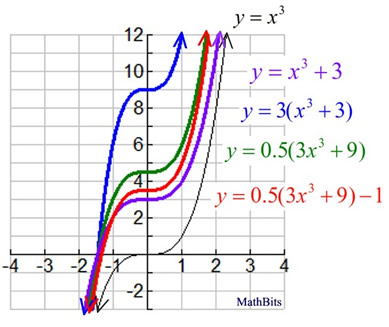



Sequence Of Transformations On Functions Mathbitsnotebook Ccss Math




Day 5 Book Section 7 8 Get 2 Grids For The 2 Shift Problems Ppt Download
The graph of the parent function y=x^3 is horizontally stretched by a factor of 1/5 and reflected over the yaxis What is the equation of the transformed function?A reflection in the xaxis;Determine the cubic function that is obtained from the parent function y=x^3 after each sequence of transformations 43 translation up 3 units and to the left 2 units 44 vertical compression by a factor of 1/2, translation down 2 units



Cubic Functions




1 If The Parent Function Is Y 3 Which Is The Chegg Com
Families of functions modular course Module of Deepen understanding of the family of functions with these video courses Here we'll explore 13 parent functions in detail, the unique properties of each one, how they are graphed and how to apply transformationsExplain how the graph of y=/x3/ changed from the parent function of y=/x/ Answers 3 Get Other questions on the subject Mathematics Mathematics, 1300, Kennedy3449 1 what are the missing reasons in the proof 2 it's in the second picture and 3 Answers 1 continue Mathematics, 2106Yay Math in Studio returns, with the help of baby daughter, to share some knowledge about parent functions and their transformations Specifically, we use th




How Does Each Function Compare To Its Parent Function Ppt Video Online Download




Which Graph Represents The Parent Function Of Y X 2 3 Brainly Com
3 transformations notesnotebook 2 6 y= 2x 7 y=½ x 8 y= 3x 9 y= ¼ x Graph the parent function y=x then on the same graph, graph each ofWe have encountered several basic or parent functions such as linear, quadratic, exponential, and logarithmic functions By using these basic or parent functions, we can build new functions by several types of movements such as dilating, translating, and reflecting the original parent function We will now investigate these transformationsParent Functions and the Graphs Matching Activity Linear Functions Polynomial (QUADRATIC) Functions Radical (SQUARE ROOT) Functions Absolute Value Functions Equation of Parent Function Graph 1 Graph 2 Real World Example




1 9 Introduction To Parent Functions Holt Algebra




One To One Functions And Their Inverses Read Calculus Ck 12 Foundation
Graph a sine function whose amplitude is 5, period is 6π , midline is y=−2 , and yintercept is (0, −2) The graph is not a reflection of the parent function over the xaxis im not so sure how i would graph this / Calculus A cosine function is a reflection of its parent functionShifting functions introduction CCSSMath HSFBF Transcript The graph of y=f (x)k (where k is a real number) is the same as the graph of y=f (x) only it's shifted up (when k>0) or down (when kDetermine whether each function can be obtained from the parent function, y = xn, using basic transformations If so, describe the sequence of transformations 16 y =4x 317 y =2(x3) 2 5 18 19 8 7 Determine the transformations that were used to change the graph of the parent function y = x3 to each of the following graphs 21 y 22
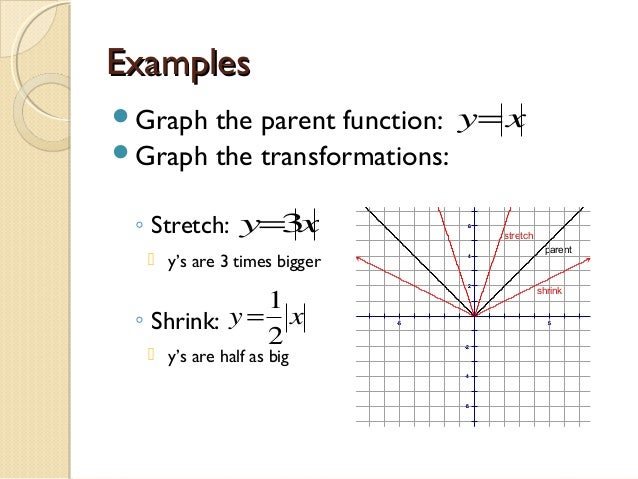



Parent Functions And Transformations




Parent Functions And Their Graphs Video Lessons Examples And Solutions
How do you graph #y=sqrt(x3)# and how does it compare to the parent function?Q Which equation is a quadratic function reflected over the xaxis and shifted up 2A vertical translation 3 units down;
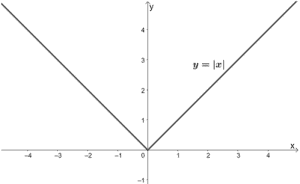



Wll Tueaa994qm




Function Family Logarithmic Parent Function Y Chegg Com
Trigonometric Functions Title PARENT FUNCTIONS Author Pete Falzone Created Date 8/2/01 AMWhen a function is shifted, stretched (or compressed), or flipped in any way from its "parent function", it is said to be transformed, and is a transformation of a function T charts are extremely useful tools when dealing with transformations of functions30 seconds Q Use the locator point (h, k) to translate the parent function y = x 3 y=x^3 y = x3 answer choices y = ( x − 3) 3 2 y=\left (x3\right)^32 y = (x−3)3 2 y = ( x 2) 3 3




Describing Transformations Of Parent Functions Youtube




Describe How The Graph Of The Parent Function Y X Is Transformed When Graphing Y 3 X 6 The Graph Brainly Com
Popular Problems Algebra Describe the Transformation y=x^3 y = x3 y = x 3 The parent function is the simplest form of the type of function given y = x3 y = x 3 For a better explanation, assume that y = x3 y = x 3 is f (x) = x3 f ( x) = x 3 and y = x3 y = x 3 is g(x) = x3 g (In mathematics, a parent function is the simplest function of a family of functions that preserves the definition (or shape) of the entire family For example, for the family of quadratic functions having the general form y = a x 2 b x c , {\displaystyle y=ax^ {2}bxc\,,} the simplest function is y = x 2 {\displaystyle y=x^ {2}}The domain of a function is the set of all real values of x that will give real values for y The range of a function is the set of all real values of y that you can get by plugging real numbers into x Example 1 The quadratic parent function is y = x2 The graph of this function is shown below
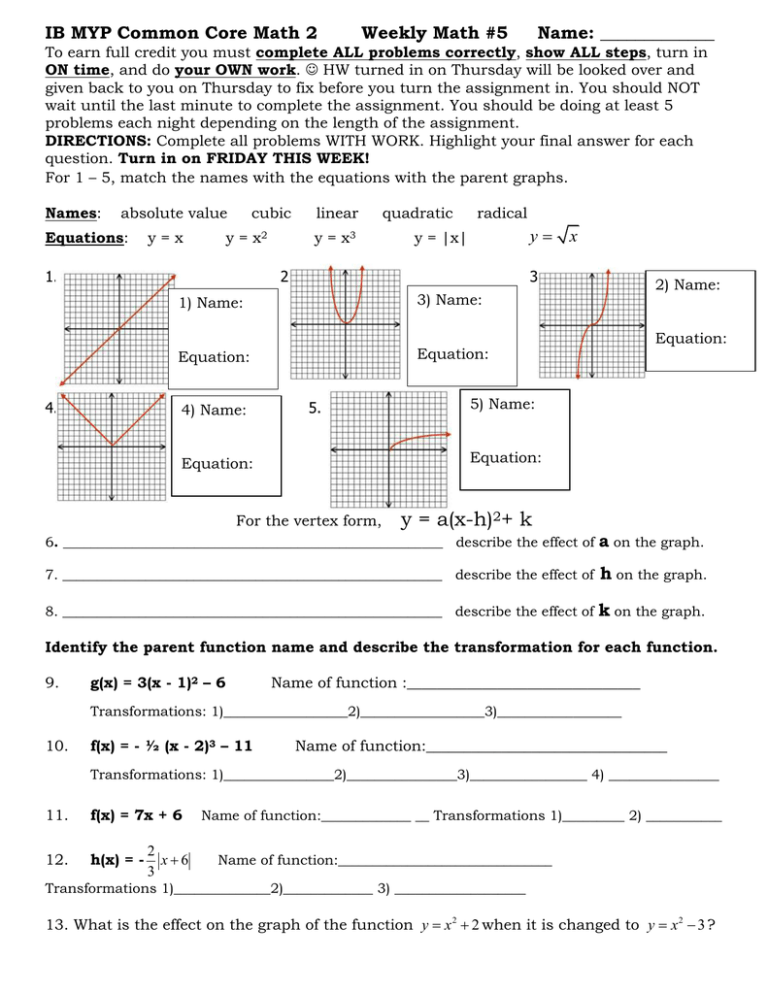



Parent Function Worksheet 2
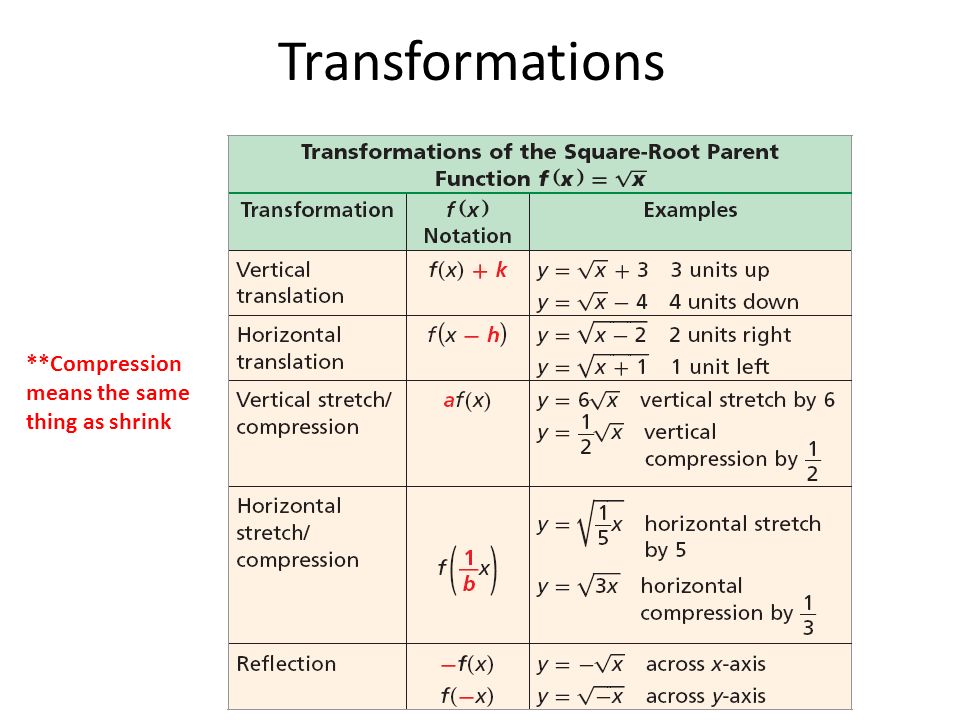



How Do You Graph Y Sqrt X 1 And Compare It To The Parent Graph Socratic
F(x)=10cos(3x)−10 Precalculus Suppose H(X)=(6x5)^3 Find two functions f and g such that (f•g)(x)=H(x) Neither function can be the parent/ identity functionDetermine the cubic function that is obtained from the parent function y = x^3 after each sequence of transformations a reflection in the xaxis;




Graph Y X 2 3 Youtube




Graphs Of Parent Functions Domain And Range Youtube
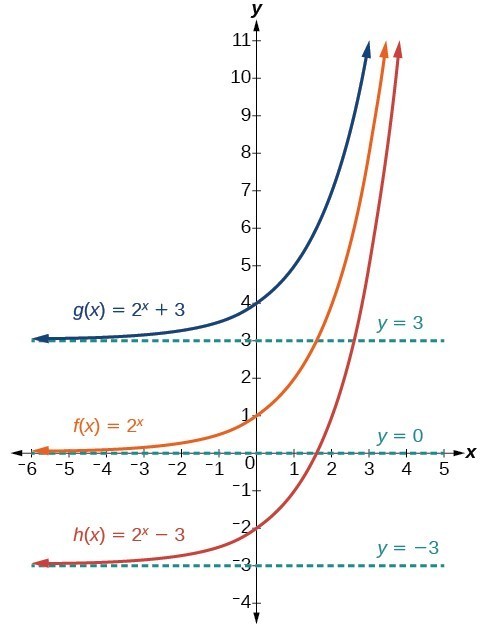



Graph Exponential Functions Using Transformations College Algebra
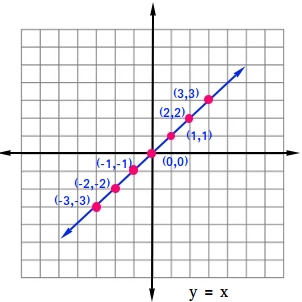



Linear Parent Function




Sec 3 2 Families Of Graphs Objective 1 Identify Transformations Of Graphs Studied In Alg Ii 2 Sketch Graphs Of Related Functions Using Transformations Ppt Download



Unit 3 Parent Functions



Transformations Of Graphs Course Hero
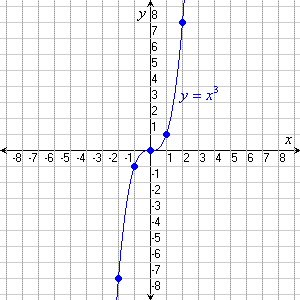



Cubic Functions




Ppt Parent Functions Powerpoint Presentation Free Download Id




Module 05 Cubic Y X 3




Parent Functions And Transformations She Loves Math
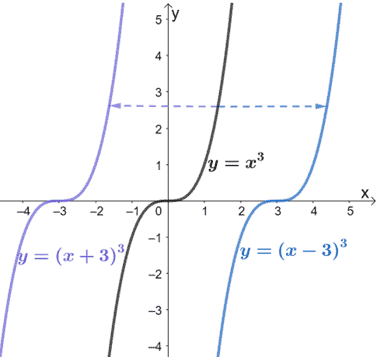



Transformations Of Functions Explanation Examples
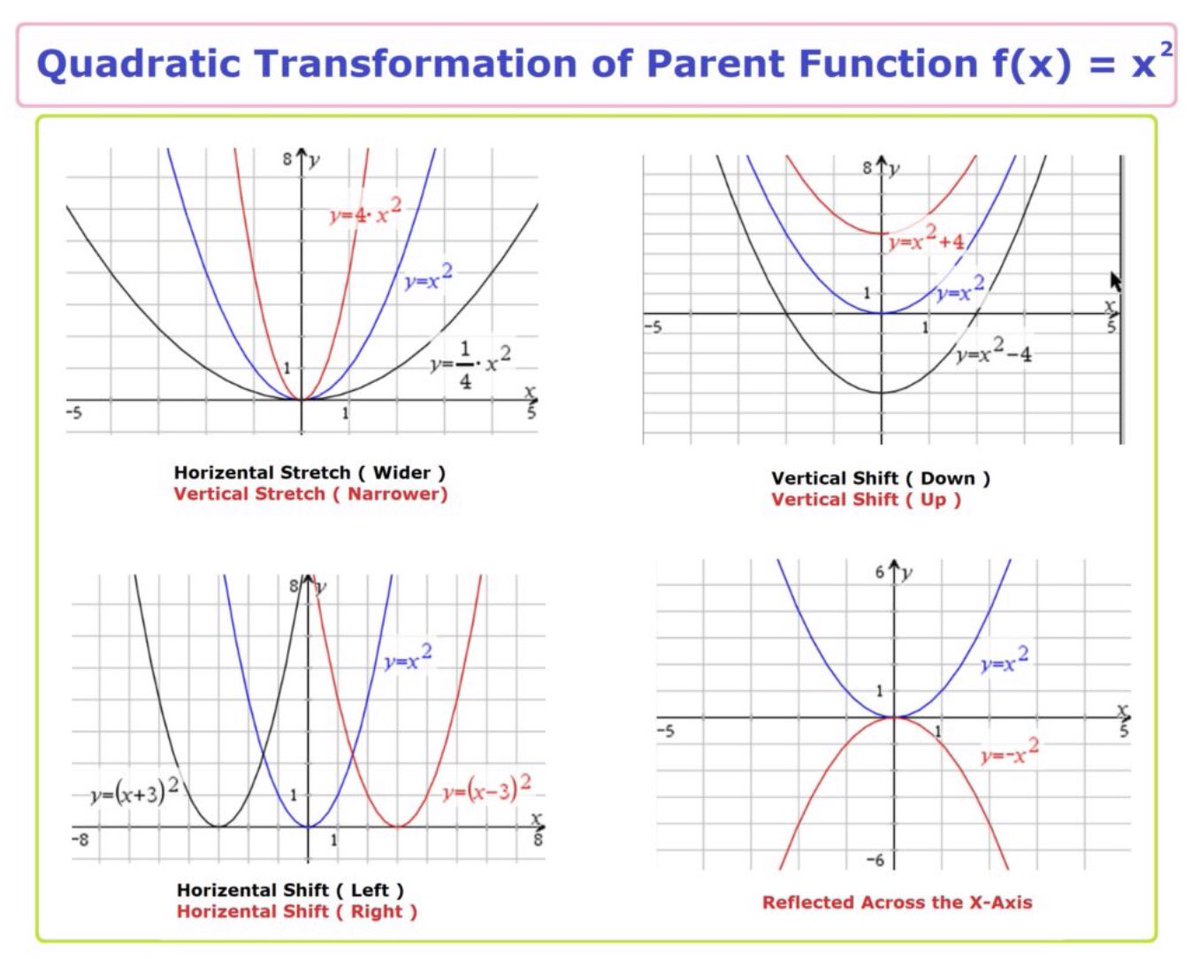



Harbmath Summary Of Quadratic Transformation Of Parent Function F X X 2 Algebra1 Quadratic Transformation Math Graphing
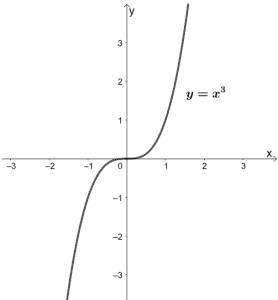



Parent Functions Types Properties Examples
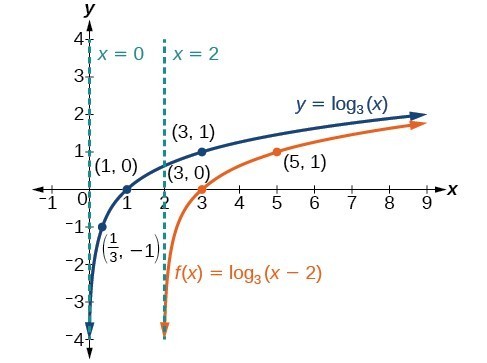



Graphing Transformations Of Logarithmic Functions College Algebra
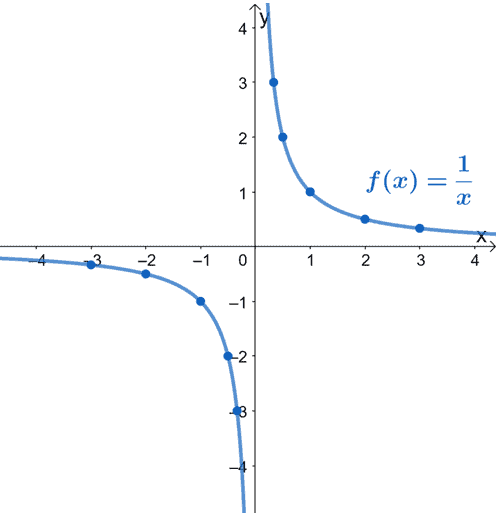



Reciprocal Function Properties Graph And Examples




Types Of Parent Functions Parentfunctionsandtransformations



Polynomial Functions




What Is The Parent Function Of A Cubic Function Printable Summary Virtual Nerd
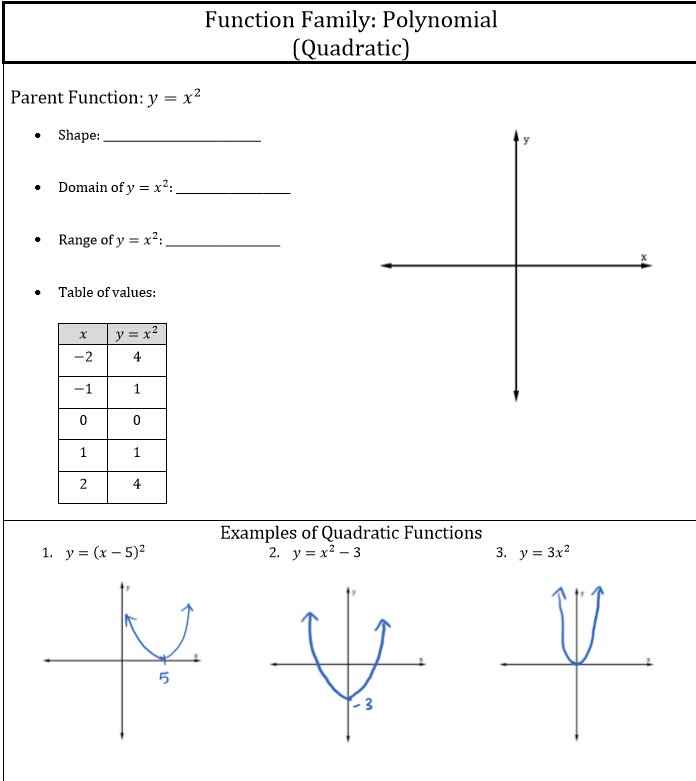



Function Family Polynomial Quadratic Parent Chegg Com




Parent Functions And Their Graphs Video Lessons Examples And Solutions
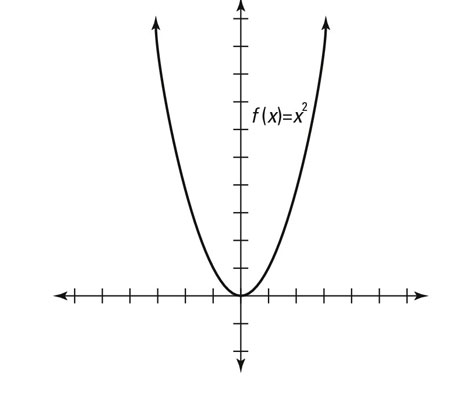



How To Graph Parent Functions Dummies
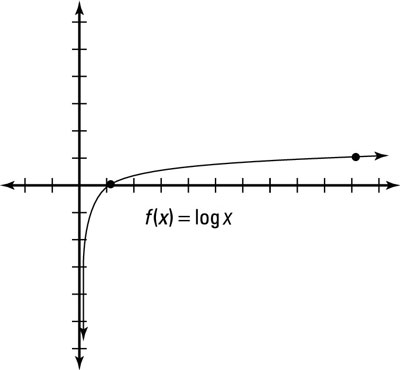



How To Graph Parent Functions And Transformed Logs Dummies




Pd Name Mma Unit 3 1 Parent Function Review Match The Chegg Com
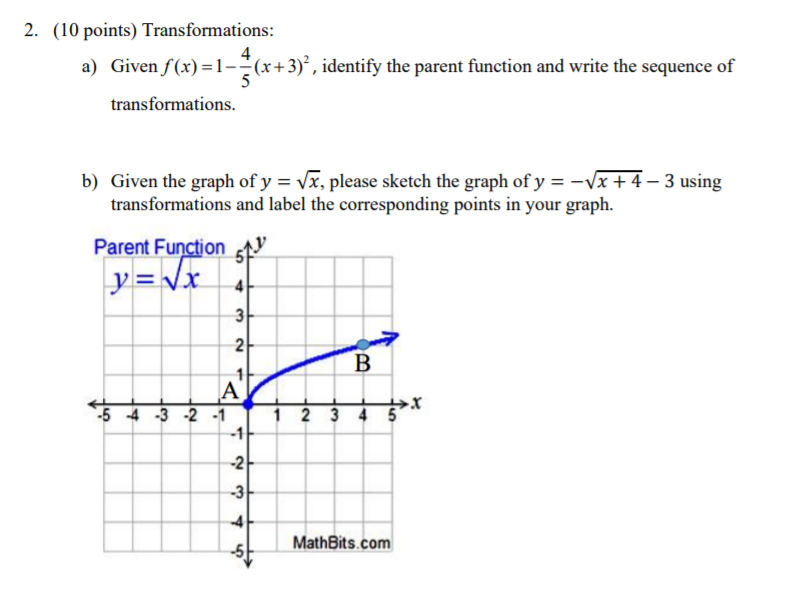



2 10 Points Transformations A Given F X 1 5 Chegg Com



1




Warm Up 924 For Each Function Evaluate F0




Graphing Absolute Value Functions Video Khan Academy




101 En 104 Identify The Parent Function Represented Chegg Com




What Is A Parent Function Printable Summary Virtual Nerd




Algebra 2 I Somewhat Understand Parent Functions And Transformations But I Struggle With The Graphs A Lot Could Anyone Help Me Out Algebra




Determine The Parent Function Y X3 Y X Y 1 X Brainly Com




Transformation Of Key Points Of Quadratic Parent Function Graph
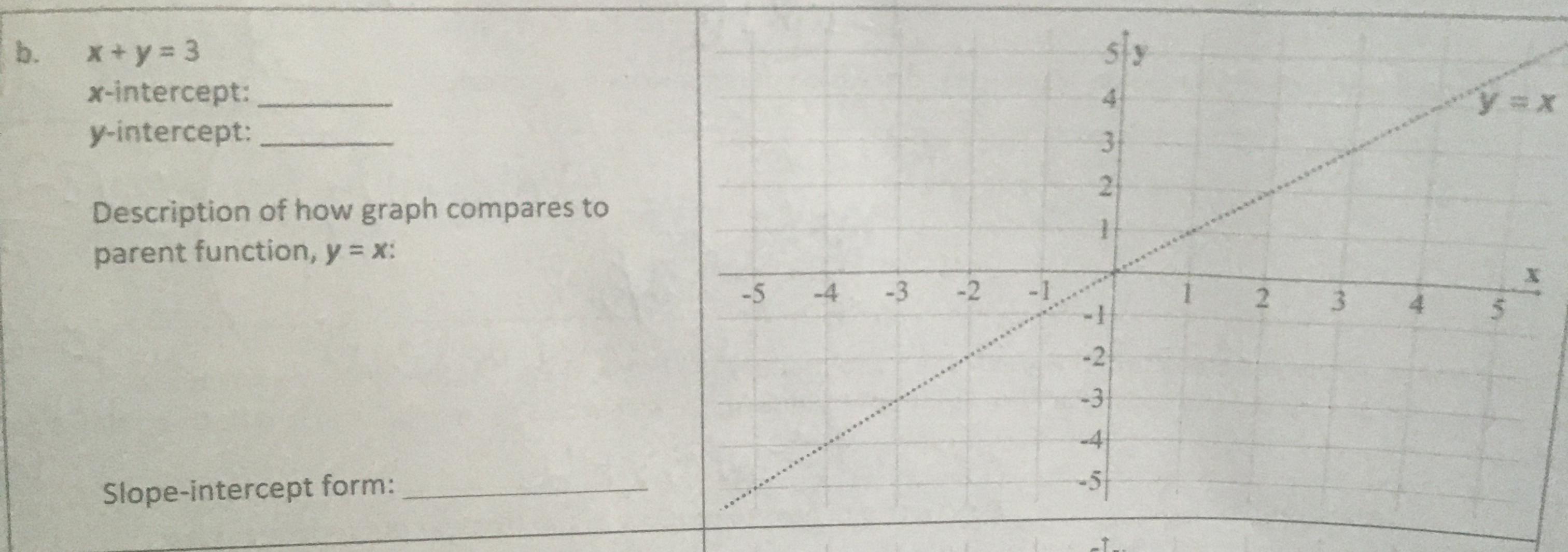



Math X Y 3 Math Description Of How Graph Compares To Parent Function Y X Slope Intercept Form Homework Help And Answers Slader



1




Transformations Of Functions Ck 12 Foundation




Parabola Parent Function Mathbitsnotebook Ccss Math



Parent Functions



Solution Describe The Transformation From The Parent Function Y X 6 Y 2 X 5 6 3
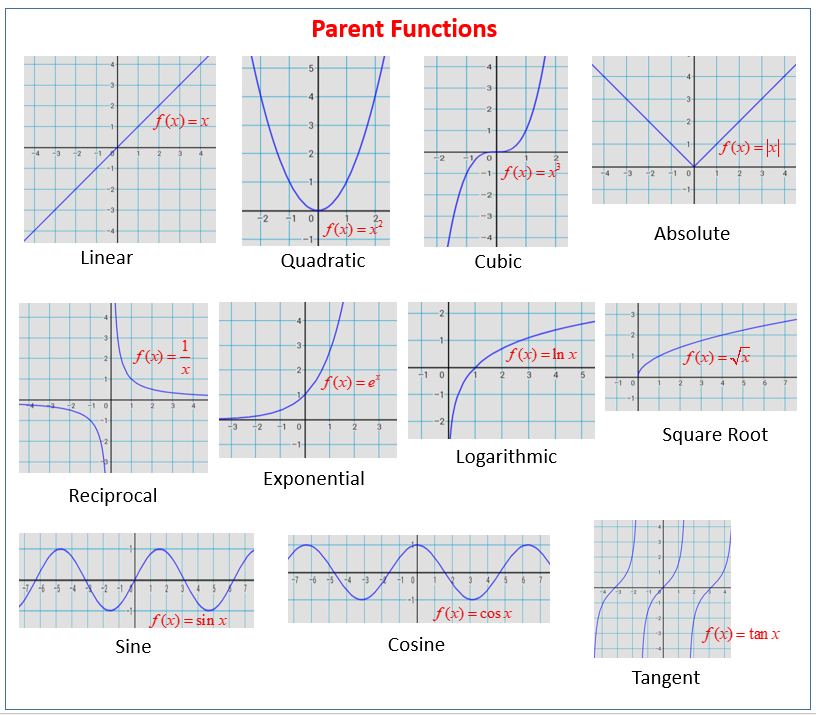



Parent Functions And Their Graphs Video Lessons Examples And Solutions




Introduction To Parent Functions Ppt Video Online Download




Transformations Of Functions




Function Family Radical Square Root Parent Chegg Com
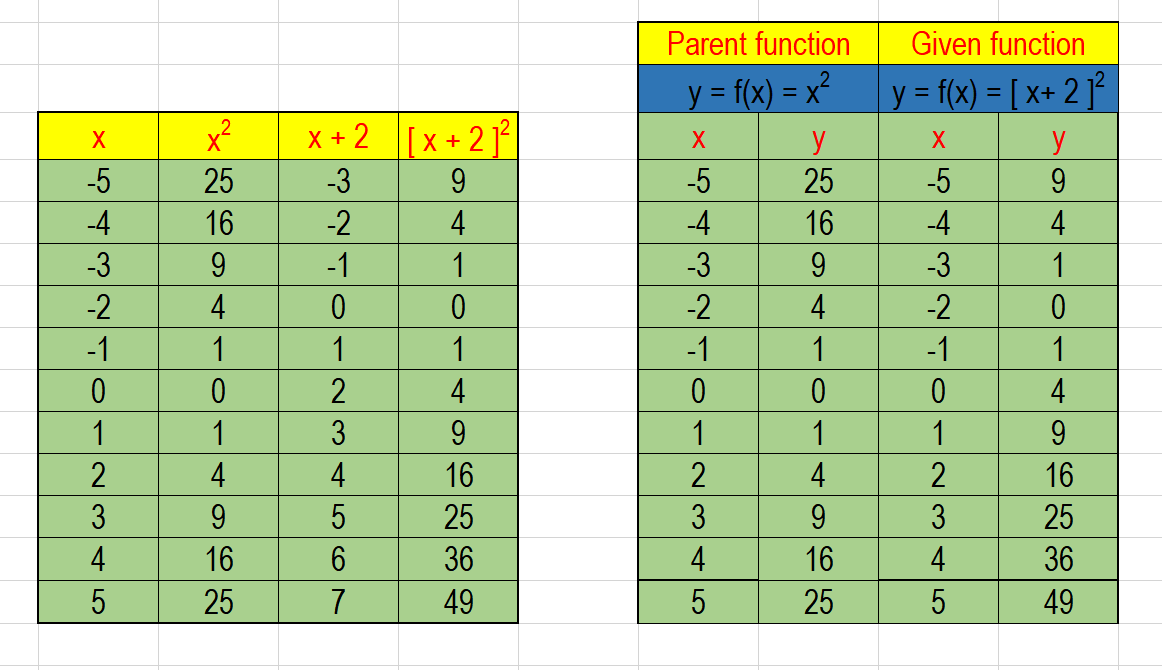



How Do You Sketch The Graph Of Y X 2 2 And Describe The Transformation Socratic
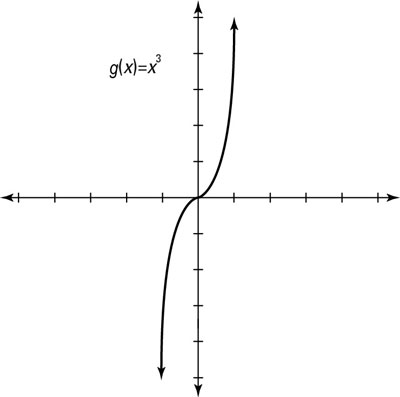



How To Graph Parent Functions Dummies
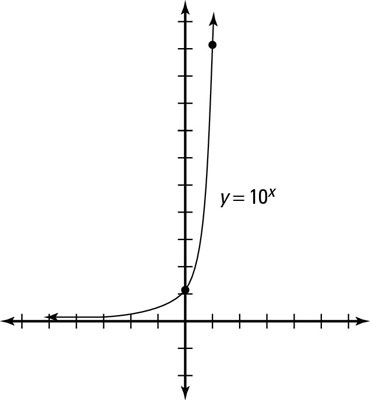



How To Graph Parent Functions And Transformed Logs Dummies




Answered The Function G Is Related To One Of The Bartleby




Exploring Properties Of Parent Functions Part A Introduction
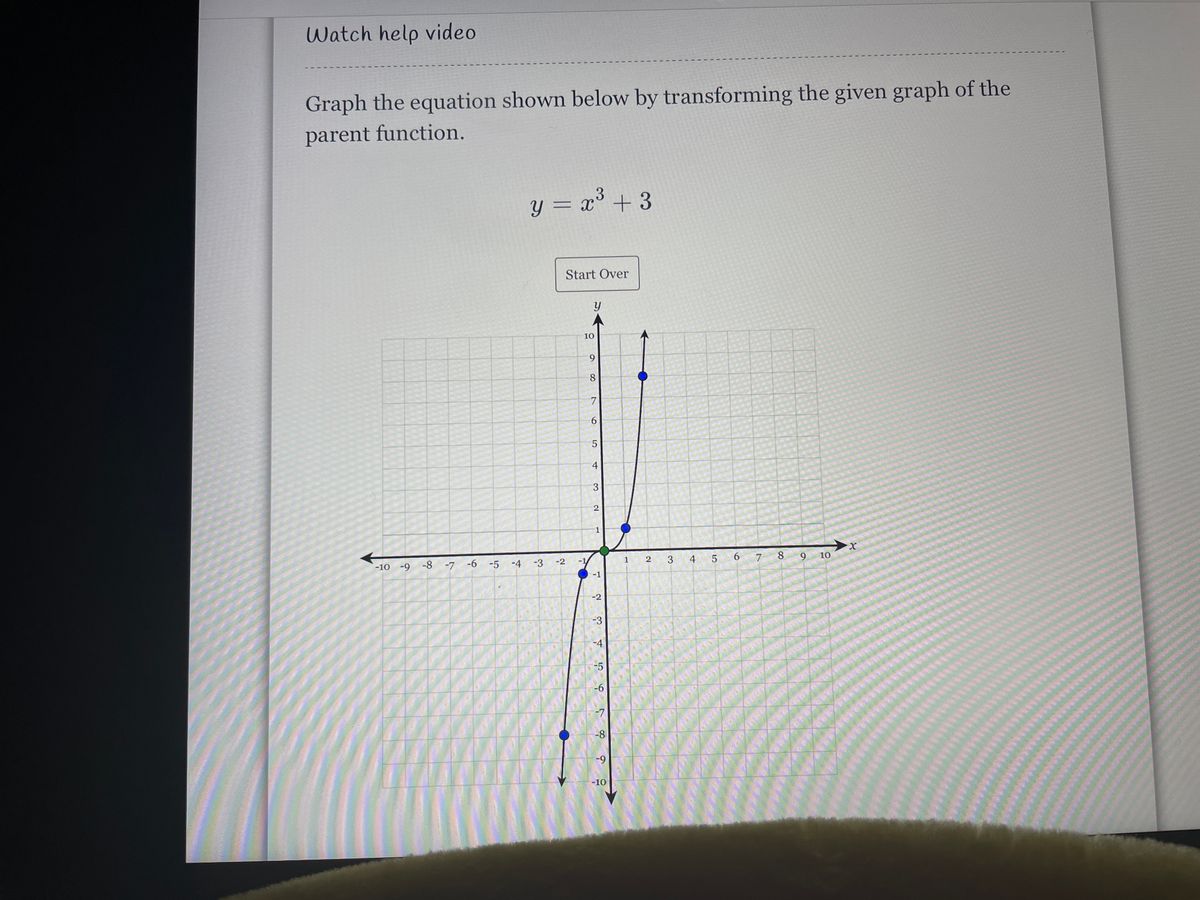



Answered Graph The Equation Shown Below By Bartleby




Algebra 1 Comparing Linear Functions To The Parent Function Y X Youtube




Graphing Transformations Of Logarithmic Functions College Algebra
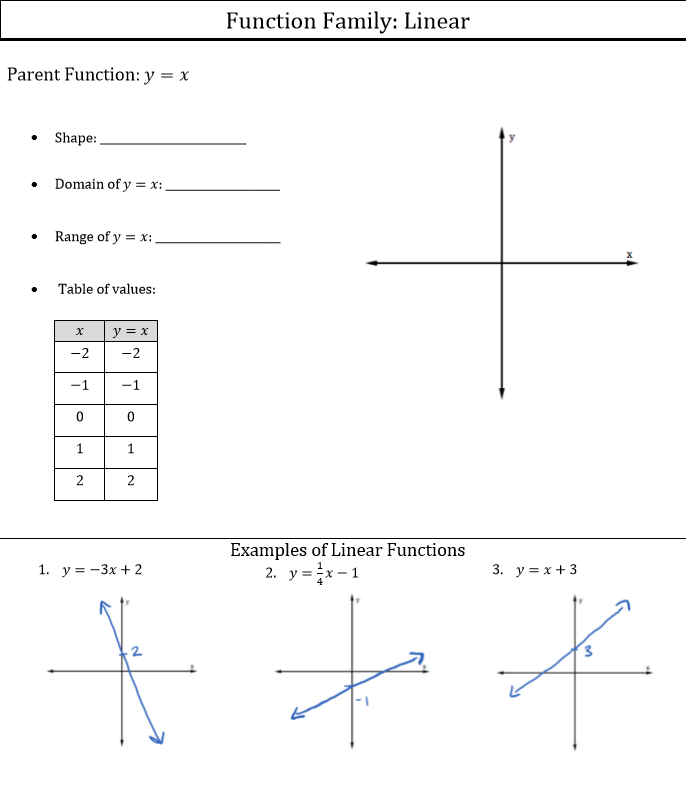



Function Family Linear Parent Function Y Shape Chegg Com



Q Tbn And9gct6td3ddz5co96kpdvczsdb 7ustcf0jsgag2 O9jogpf Akoxl Usqp Cau
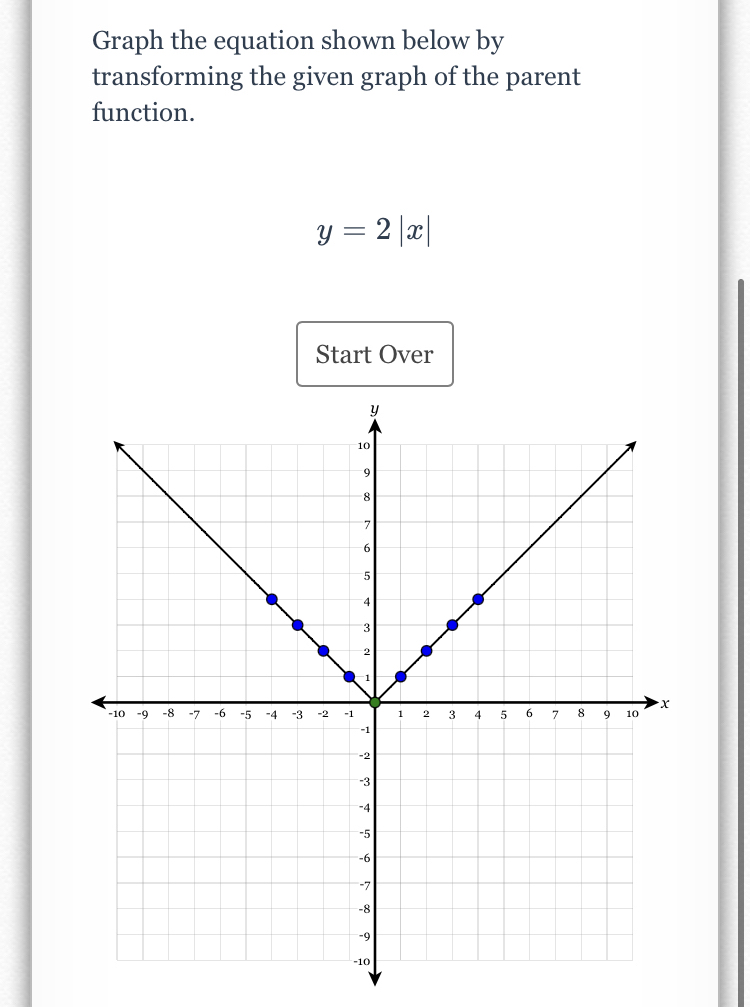



Answered Graph The Equation Shown Below By Bartleby




Cubic Equation Graph Of X 3 Novocom Top
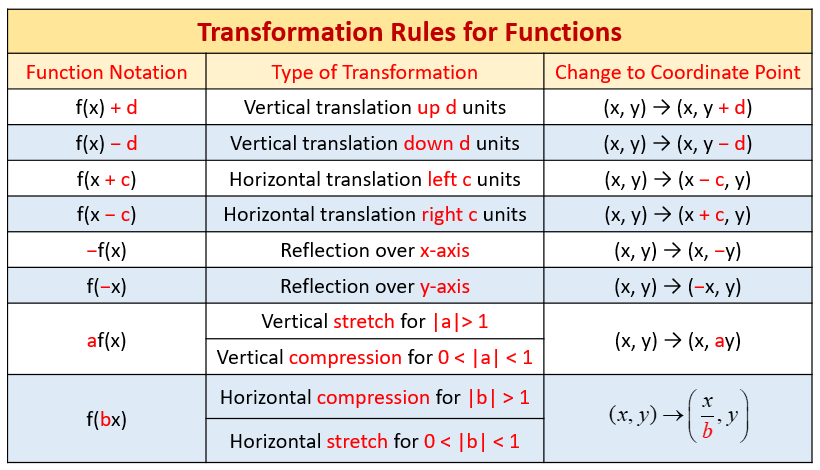



Parent Functions And Their Graphs Video Lessons Examples And Solutions



Www Crsd Org Cms Lib Pa Centricity Domain 386 Section 2 6 notes key Pdf



Http Petalschools Com Cms Lib03 Ms Centricity Domain 455 Hw sec 7 8a Pdf




Identifying The Parent Function And Transformations Youtube
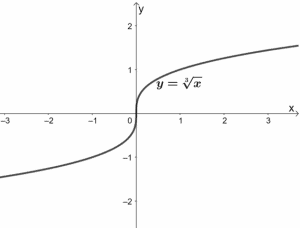



Parent Functions Types Properties Examples
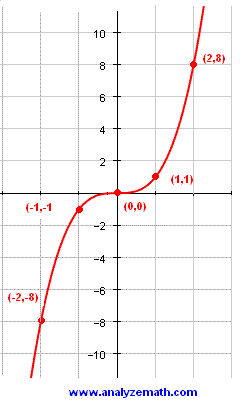



Graphing Cubic Functions



Solution The Graph Of A Translated Exponential Function Is Shown Below Its Parent Function Is Y 4 X If The Graph Is Asymptotic To Y 3 And Contains The Points 2 2 And 3 1 What Is
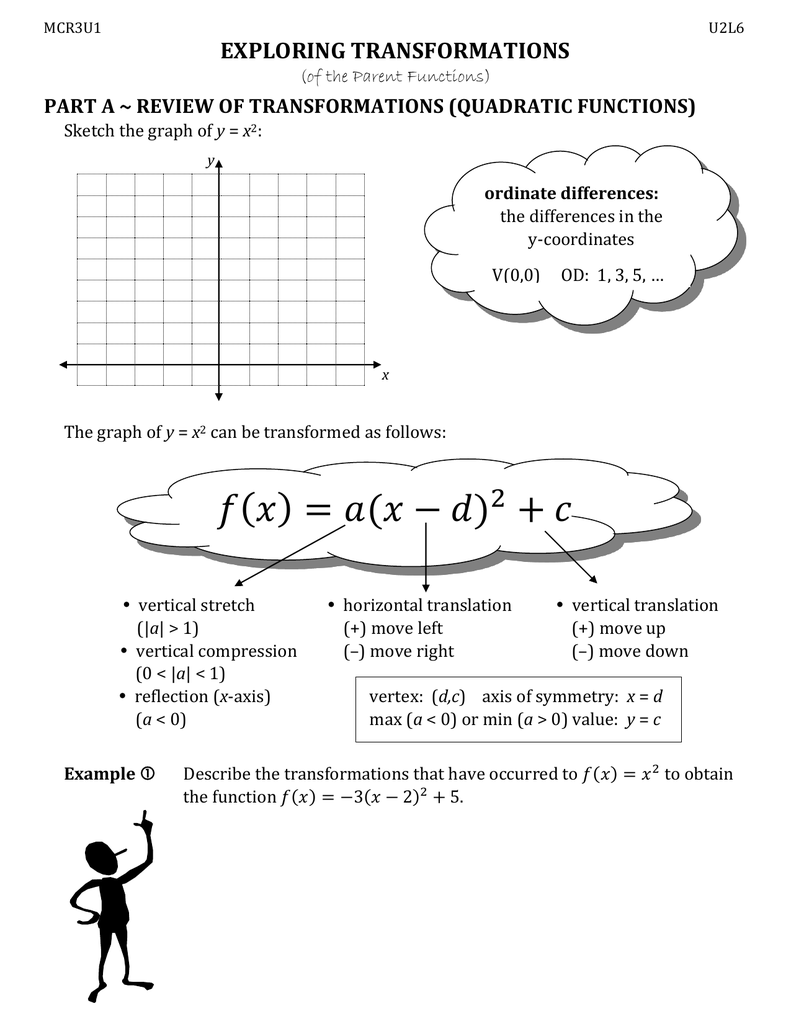



Exploring Transformations Of Parent Functions




Parent Functions Transformations And Graphs Pp By Rita Rhinestone




Choose The Graph Of Y X 4 By Translating The Parent Function Brainly Com
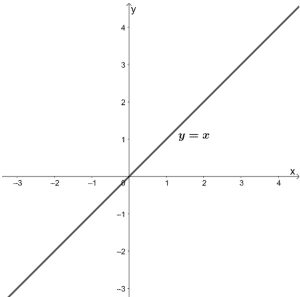



Parent Functions Types Properties Examples
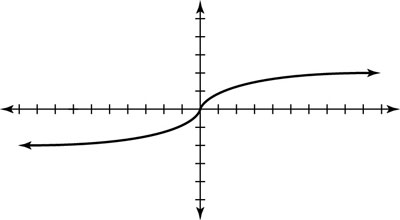



How To Graph Parent Functions Dummies




Which Equation Is Graphed Along With The Parent Function G X 3 X 3 4 G X 3 X 3 4 G X 3 Brainly Com




Sequence Of Transformations On Functions Mathbitsnotebook Ccss Math
:max_bytes(150000):strip_icc()/GettyImages-112303537-57e2d7605f9b586c352f5244.jpg)



Linear Parent Functions Algebra Help
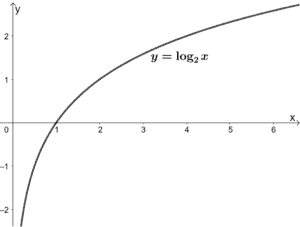



Parent Functions Types Properties Examples




Written Hw Function Family Absolute Value Parent Chegg Com




Written Hw T Function Family Polynomial Cubic Chegg Com




1 8 1 9




Parent Functions And Transformations




Algebra 2 Transformations Of Parent Functions Youtube




Solved 3 Write A Function Based On The Given Parent Func Chegg Com
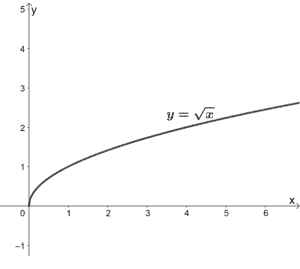



Parent Functions Types Properties Examples



0 件のコメント:
コメントを投稿